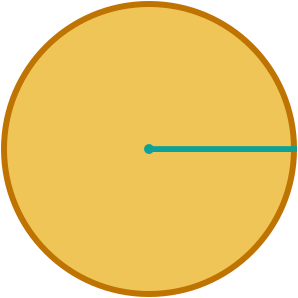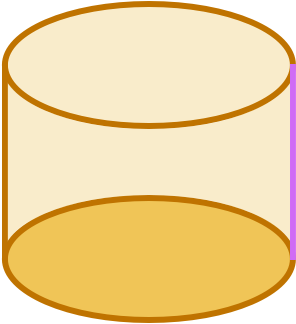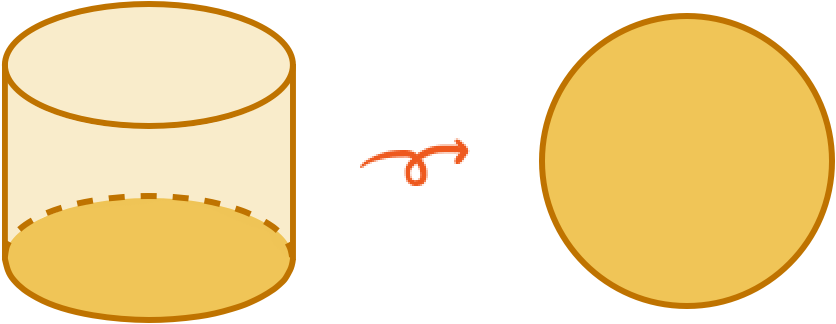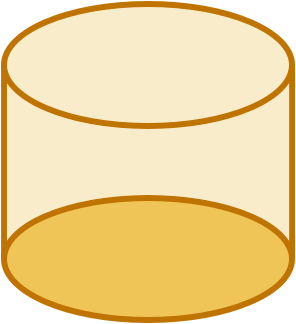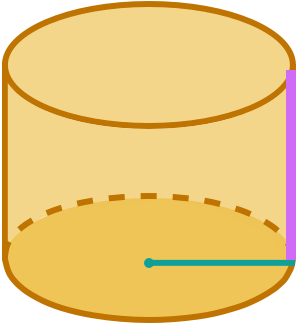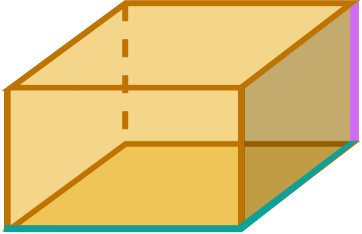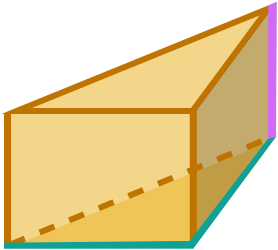CALCULATOR
—
Volume of Cylinders & Prisms Calculator
What is your shape?
Step 1. Imagine & identify the base.
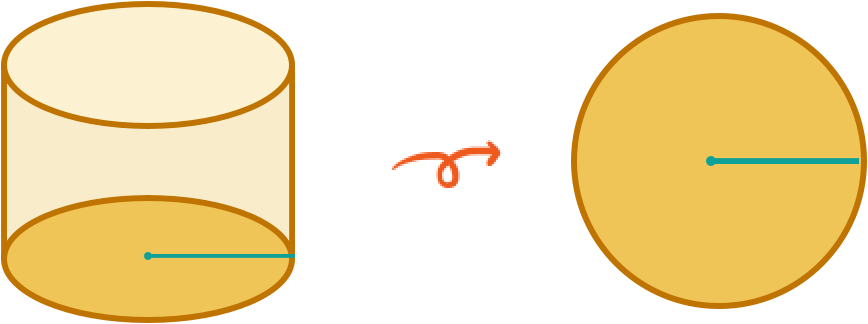

We have some questions for you! Help us out through this
INTRO
—
Volume tells us the amount of space there is inside a 3D shape. It’s kind of like the 3D version of area 🤯. To find the volume of a cylinder or prism, we multiply the area of the base by the height.To help us understand why this is the formula for volume, let’s imagine we have a cake with lots of layers.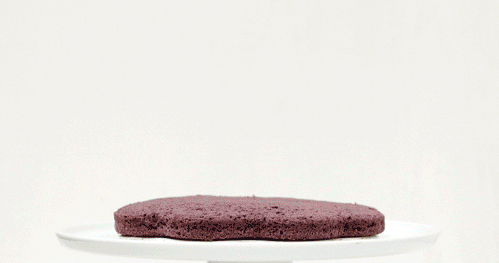

KEY STEPS
—
How to Find the Volume of Cylinders & Prisms
Shape:Step 1. Imagine & identify the base.
Step 2. Calculate the area of the base.
Step 3. Multiply the area of the base by the height (H) of the cylinder.
LESSON
— Volume of Cylinders & Prisms
PRACTICE
— Volume of Cylinders & Prisms
CONCLUSION
—
Leave Feedback
